3. SETTLER COLONIALISM
SECURITY + RESISTANCE
PALESTINE, ISRAEL and ECO-APARTHEID
SECURITY + RESISTANCE
PALESTINE, ISRAEL and ECO-APARTHEID
SETTLER COLONIALISM, SECURITY AND ECO-APARTHEID: PALESTINE & ISRAEL
The climate crisis is a threat multiplier, it exacerbates and multiplies pre-existing inequalities and injustices, this is also the case in occupied Palestine. According to Palestinian-Iraqi writer Zena Agha (2019) Palestinian territories are characterized by both a highly bio-physical and socio-economic vulnerability to the climate crisis which will pose some serious challenges in the future. The occupation and restrictions imposed by Israeli additionally prevent Palestinians from using resources to cope with and adapt to the effects of the climate crisis (Mason, Zeitoun & Mimi 2012).
According to Agha (2019) important local impacts of the crisis include "an accelerated rise in sea level and a decrease in regional precipitation, accompanied by a rise in average temperatures''. This combination of decreased rainfall and rising temperatures will result in a bigger need for water, a resource that due to occupation is already scarce and is also highly polluted in the occupied territories (Agha 2019). It is for instance estimated that 97% of the water supply in Gaza is not suitable for drinking without any treatment (Safi 2015). This low supply will furthermore lead to drought and thus water insecurity, which in return has a huge impact on agriculture in Palestine, and important source of income of the Palestinian economy and essential for growing olive trees, a symbol of Palestinian culture and harritage (Agha 2019). This will consequently lead to food insecurity in the future due to for instance crop failure, degradation and desertification of the soil, decline in grazing but also more poverty (IUCN 2013).
People in Palestine thus have a limited capacity to respond to projected and current effects of the crisis, although they have contributed least to the problem. Additionally, according to Stamatopoulou-Robbins (2018, 385) "Palestinian climate change planning is plagued by uncertainties" due to both its status and the unpredictable climate effects in the future.
The fact that water availability and quality is one of the biggest threats and key environmental and political challenges in the area made us decide to focus on this issue in particular to explore how "race" and biopolitics are played out in the occupied territories of Palestine. Water is a basic human right and the most important tool for survival in the 'Capitalocene', it is the beginning of everything. Palestinians are deprived from clean water and have limited control over their natural resources. Israel controls over more than 80% of the water reserves in the West Bank and Palestinians have no access to the Jordan River according to the Oslo II agreements (Agha 2019). Yet, in addition to restrictions and bureaucracy, issues such as pollution, overexploitation and a high level of salt water because of the dependence on coastal aquifers, could also pose serious health implications (Agha 2019). Within the occupied territories, the availability per capita is also less than the minimum recommended by the World Health Organization (Safi 2015).
Hence, the conflict over water can be seen as an epitome of the climate crisis, political conflicts, racial inequality and unequal power exacerbate the problem. As Zena Agha noted in our interview, the case study shows that water is not an "apolitical resource" (2020). We hope these posts reflect how the climate crisis can be understood once again, as the result of a particular economic and political model, namely capitalism and settler colonialism, that is premised on growth, extraction and exploitation, in this case in the Middle East.
According to Agha (2019) important local impacts of the crisis include "an accelerated rise in sea level and a decrease in regional precipitation, accompanied by a rise in average temperatures''. This combination of decreased rainfall and rising temperatures will result in a bigger need for water, a resource that due to occupation is already scarce and is also highly polluted in the occupied territories (Agha 2019). It is for instance estimated that 97% of the water supply in Gaza is not suitable for drinking without any treatment (Safi 2015). This low supply will furthermore lead to drought and thus water insecurity, which in return has a huge impact on agriculture in Palestine, and important source of income of the Palestinian economy and essential for growing olive trees, a symbol of Palestinian culture and harritage (Agha 2019). This will consequently lead to food insecurity in the future due to for instance crop failure, degradation and desertification of the soil, decline in grazing but also more poverty (IUCN 2013).
People in Palestine thus have a limited capacity to respond to projected and current effects of the crisis, although they have contributed least to the problem. Additionally, according to Stamatopoulou-Robbins (2018, 385) "Palestinian climate change planning is plagued by uncertainties" due to both its status and the unpredictable climate effects in the future.
The fact that water availability and quality is one of the biggest threats and key environmental and political challenges in the area made us decide to focus on this issue in particular to explore how "race" and biopolitics are played out in the occupied territories of Palestine. Water is a basic human right and the most important tool for survival in the 'Capitalocene', it is the beginning of everything. Palestinians are deprived from clean water and have limited control over their natural resources. Israel controls over more than 80% of the water reserves in the West Bank and Palestinians have no access to the Jordan River according to the Oslo II agreements (Agha 2019). Yet, in addition to restrictions and bureaucracy, issues such as pollution, overexploitation and a high level of salt water because of the dependence on coastal aquifers, could also pose serious health implications (Agha 2019). Within the occupied territories, the availability per capita is also less than the minimum recommended by the World Health Organization (Safi 2015).
Hence, the conflict over water can be seen as an epitome of the climate crisis, political conflicts, racial inequality and unequal power exacerbate the problem. As Zena Agha noted in our interview, the case study shows that water is not an "apolitical resource" (2020). We hope these posts reflect how the climate crisis can be understood once again, as the result of a particular economic and political model, namely capitalism and settler colonialism, that is premised on growth, extraction and exploitation, in this case in the Middle East.
by Keesha Orts
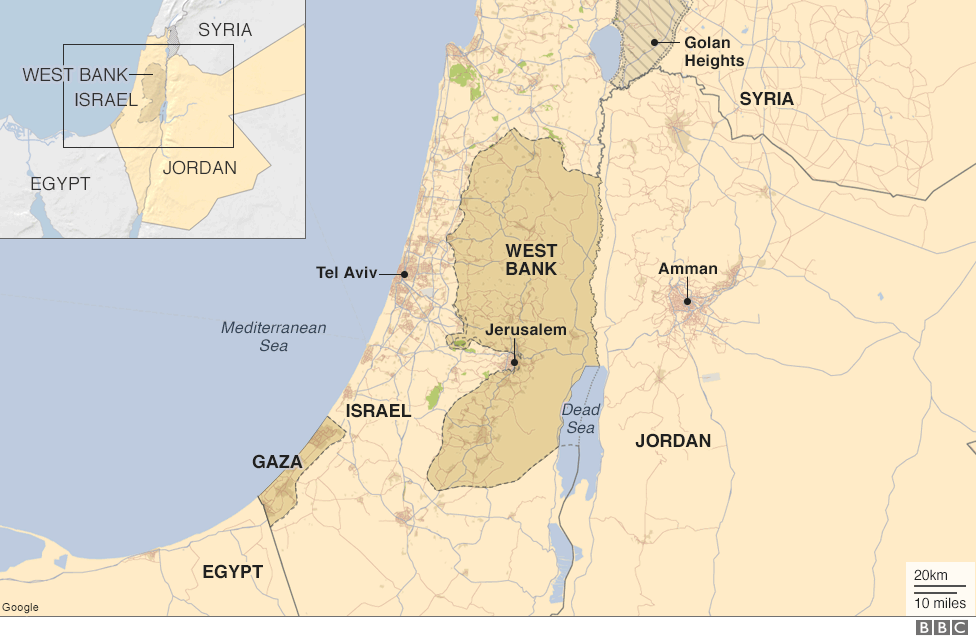
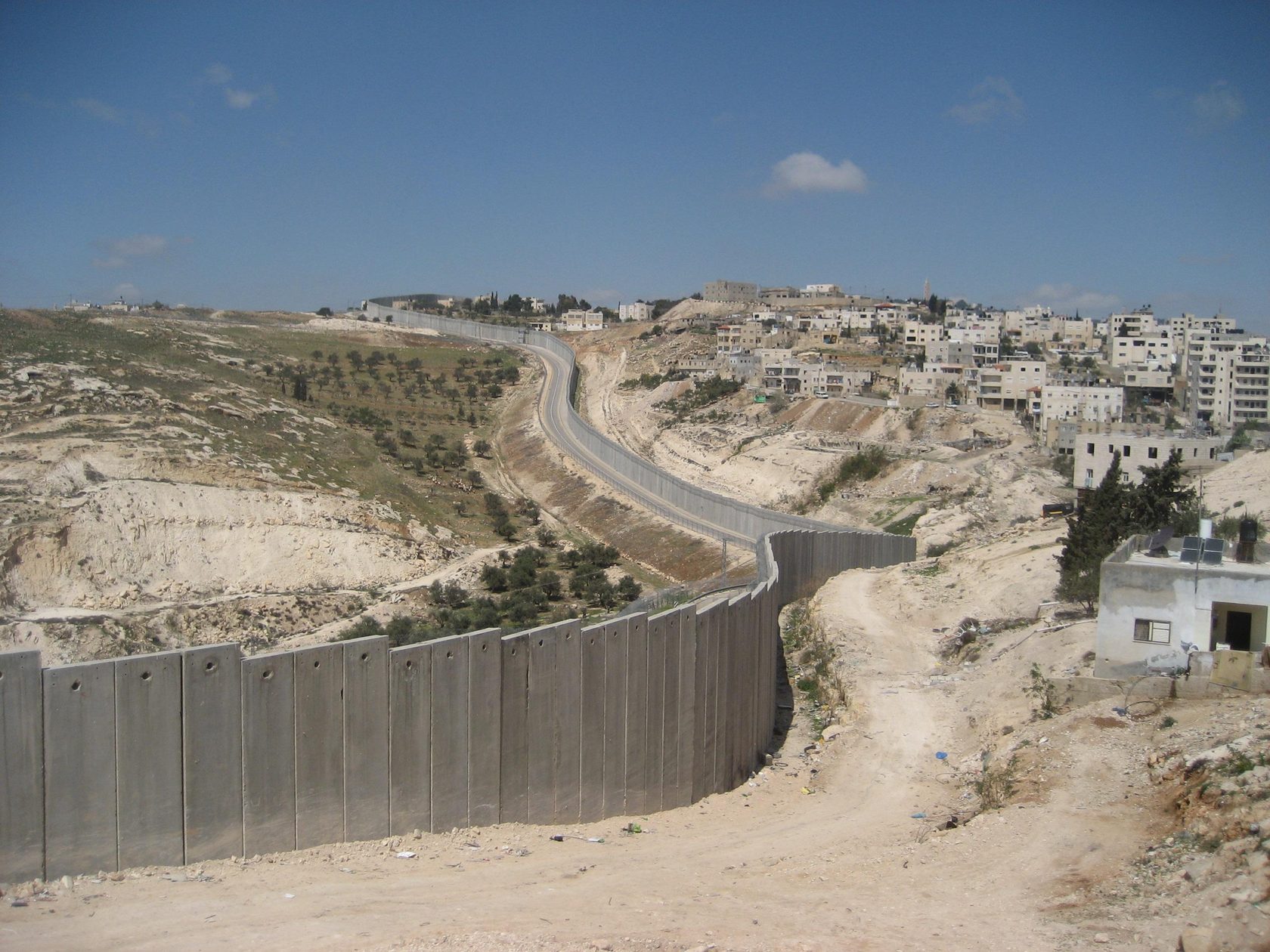
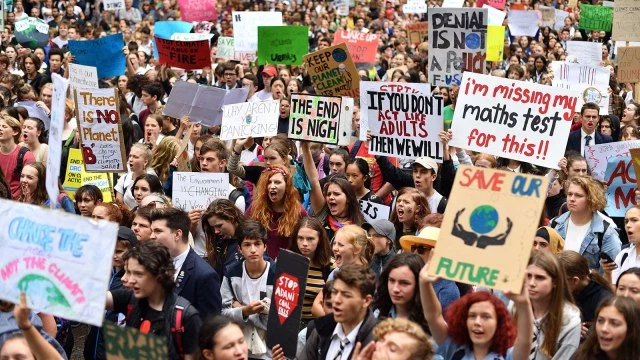
Bibliography
Agha, Zena (2019). "Climate Change, the Occupation, and a Vulnerable Palestine". URL: https://al-shabaka.org/briefs/climate-change-the-occupation-and-a-vulnerable-palestine/
Mason, Michal; Zeitoun, Mark & Mimi, Ziad (2012) "Compounding Vulnerability: Impacts of Climate Change on Palestinians in Gaza and the West" in Journal of Palestine Studies, vol. 41(3): pp. 38-54. Doi: 10.1525/jps.2012.XLI.3.38
Saleh Safi, Ahmad (2015) "2014 War on Gaza Strip: Participatory Environmental Impact Assessment" URL: https://ps.boell.org/sites/default/files/uploads/2015/12/wareia_report_final.pdf
Stamatopoulou-Robbins, Sophia (2018) "An Uncertain Climate in Risky Times: How Occupation Became Like the Rain in Post-Oslo Palestine" in the International Journal of Middle East Studies, vol. 50(03): pp. 383-404. DOI: 10.1017/S0020743818000818
IUCN (2013) "Resilience to Climate Change in Palestine The Fine Balance between Floods and Droughts" URL: https://www.iucn.org/sites/dev/files/import/downloads/palestine.pdf
Agha, Zena (2019). "Climate Change, the Occupation, and a Vulnerable Palestine". URL: https://al-shabaka.org/briefs/climate-change-the-occupation-and-a-vulnerable-palestine/
Mason, Michal; Zeitoun, Mark & Mimi, Ziad (2012) "Compounding Vulnerability: Impacts of Climate Change on Palestinians in Gaza and the West" in Journal of Palestine Studies, vol. 41(3): pp. 38-54. Doi: 10.1525/jps.2012.XLI.3.38
Saleh Safi, Ahmad (2015) "2014 War on Gaza Strip: Participatory Environmental Impact Assessment" URL: https://ps.boell.org/sites/default/files/uploads/2015/12/wareia_report_final.pdf
Stamatopoulou-Robbins, Sophia (2018) "An Uncertain Climate in Risky Times: How Occupation Became Like the Rain in Post-Oslo Palestine" in the International Journal of Middle East Studies, vol. 50(03): pp. 383-404. DOI: 10.1017/S0020743818000818
IUCN (2013) "Resilience to Climate Change in Palestine The Fine Balance between Floods and Droughts" URL: https://www.iucn.org/sites/dev/files/import/downloads/palestine.pdf
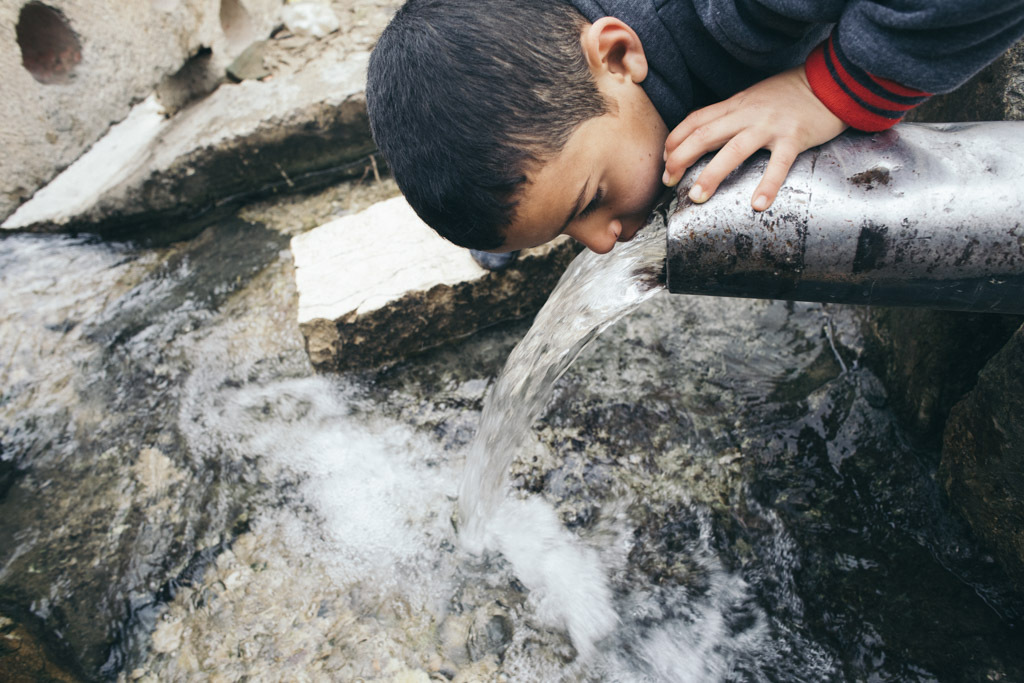
image sources:
https://blogs.oregonstate.edu/israelpalestinetrip/2009/03/24/palestine/img_2800/
https://gettyimages.68w6.net/c/77643/439295/4202?u=https%3A%2F%2Fwww.gettyimages.com%2Fdetail%2Fnews-photo%2Fschool-children-shout-slogans-during-a-strike-and-protest-news-photo%2F1130611928
https://elpais.com/especiales/2017/planeta-futuro/agua-palestina-israel/
https://blogs.oregonstate.edu/israelpalestinetrip/2009/03/24/palestine/img_2800/
https://gettyimages.68w6.net/c/77643/439295/4202?u=https%3A%2F%2Fwww.gettyimages.com%2Fdetail%2Fnews-photo%2Fschool-children-shout-slogans-during-a-strike-and-protest-news-photo%2F1130611928
https://elpais.com/especiales/2017/planeta-futuro/agua-palestina-israel/
ZENA AGHA ON VULNERABILITY AND WATER APARTHEID: A PODCAST
In this podcast we are speaking with Zena Agha, a Palestinian-Iraqi writer and poet from London who has served as the policy analyst at Al-Shabaka, a Palestinian think tank based in New York. She is now a non-residential scholar at the Middle East Institute in Washington D.C. where her areas of expertise include climate change in Palestine, Israeli spatial practices and colonial cartography. We were very honored to interview Zena on climate change vulnerability and water issues in Palestine. We highly encourage you to read her articles, poetry and follow her online for more.
by Keesha Orts
Resources:
Zena's website: https://zenaagha.com/
Zena's research on climate change and Palestine:https://al-shabaka.org/briefs/climate-change-the-occupation-and-a-vulnerable-palestine/
Zena's website: https://zenaagha.com/
Zena's research on climate change and Palestine:https://al-shabaka.org/briefs/climate-change-the-occupation-and-a-vulnerable-palestine/
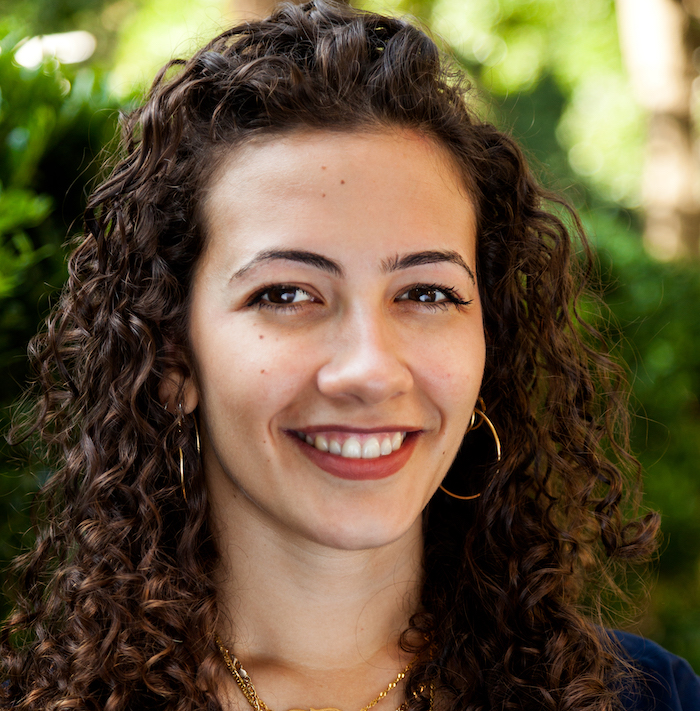
Zena Agha, source: http://www.alquds.com/articles/1540141537465709900/
WATER
Eco-Apartheid in the Palestine-Israel Conflict
Climate change has become an undeniable challenge in the Middle-East as it causes rising temperatures, decreasing precipitation, aridity, a deteriorating agricultural environment, shortage of water resources etc. (c.f. Environmental Quality Authority, Palestine, 2017; State of Palestine in UNFCCC). When we look at climate change within the complex relationship between Israel and Palestine, we can state it is ‘not a natural phenomenon but a political one’ (Butmeh 2019). This case study thus demonstrates how climate change is racialized and politicized in the relationship between Palestine and Israel.
The conflicts over water in the Middle-East are part of a larger ethnic tension between Israeli and Arabians. Israel controls water resources in the Middle-East as a result of several wars against Arabian states (Lonergan and Brooks 2014, 122-28). Israeli (recognized as Zionists at that time) established water companies there in the 1930s because they knew that water was crucial to the agriculture towards which Israeli held a strong attachment, as well as the later Zionist Movement. After WWII, Israel sought to develop its national economy by acquiring access to the Jordan River during 1951-1967. Then Israel occupied the Gaza Strip, the West Bank and the Golan Heights, especially Yarmouk River, after the Six-Day war in 1967 when Arabian States were defeated. From then on, water supplies are in those areas under the control of Israel. Water resources thus always played a major role in the tension between Israeli and Arabians in the Middle-East.
Climate change undoubtedly intensifies the above mentioned water issues in this area while political conflicts add extra layers of injustice to it. There is fundamental inequality concerning water availability and usage between Israeli and Palestinians living in the Gaza Strip and the West Bank (Margolis 2020; Butmeh 2019). This inequality of water access results from Israel’s occupation of these two areas and the restrictions for Palestinians to access water (State of Palestine in UNFCCC; Mason 2013; Mason et al. 2012). This practice of ‘settler colonialism’ (Clarno 2017, 5) leads to another consequence of ‘water-apartheid’ (Butmeh 2019; Kattenburg 2019; Selby 2007), which strictly limits Palestinian’s acces to and usage of water resources partially based on the Oslo Process as well as inequal military forces. On this ground, Palestine is in an inferior position in terms of technology, economy and governance (Margolis 2020). Technology and economy are both heavily dependent on a competitive government and stable political environment. However, the future of handling climate change of Palestine is still murky, as Stamatopoulou-Robbins (2018) put, ‘a key uncertainty in dealing with the climate in Palestine is the political status of Palestine’s future’.
by Qi Gaofeng
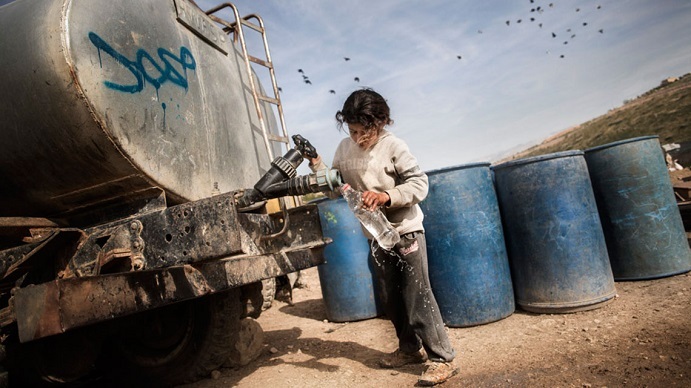
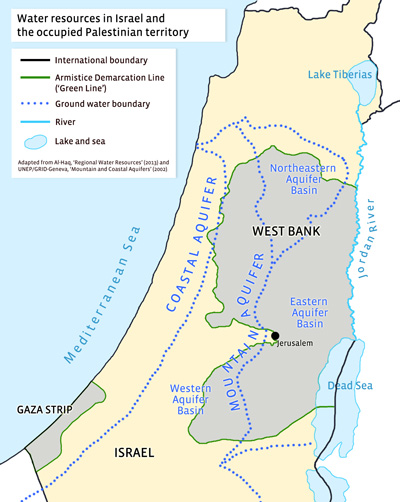

Notes:
1. Those two documents by Palestine Authority (PA) show how serious the environmental situation is in the Middle-East in general and Palestine in particular. Also, many scientific statistics can be found and their suggestions of dealing with climate change are clearly displayed. More details related to climate change in the Middle-East and Palestine, see “The Economics of Climate Change in Palestine” released by Environmental Quality Authority, Palestine (February 2017). Quick look at the State of Palestine’s measures on climate change, also see “’Guidance Note’” by the State of Palestine.
2. A brief history of Middle-East conflict over water, also see “Sea Sun and Peace” by Naomi Zeveloff (2019). And more details are to be found in Lonergan and Brooks’ book, Watershed: The Role of Fresh Water in the Israeli Palestinian Conflict (1994).
3.“a form of colonization marked by ongoing efforts to displace local populations and expropriate their land in order to establish or expand a society dominated by settlers.” Clarno in this book also discusses apartheid logics in Palestine and the way Israel military troops instill neoliberalist ideology into it by exporting their modes of occupation and paid training module (Clarno 2017, Ch. 5).
1. Those two documents by Palestine Authority (PA) show how serious the environmental situation is in the Middle-East in general and Palestine in particular. Also, many scientific statistics can be found and their suggestions of dealing with climate change are clearly displayed. More details related to climate change in the Middle-East and Palestine, see “The Economics of Climate Change in Palestine” released by Environmental Quality Authority, Palestine (February 2017). Quick look at the State of Palestine’s measures on climate change, also see “’Guidance Note’” by the State of Palestine.
2. A brief history of Middle-East conflict over water, also see “Sea Sun and Peace” by Naomi Zeveloff (2019). And more details are to be found in Lonergan and Brooks’ book, Watershed: The Role of Fresh Water in the Israeli Palestinian Conflict (1994).
3.“a form of colonization marked by ongoing efforts to displace local populations and expropriate their land in order to establish or expand a society dominated by settlers.” Clarno in this book also discusses apartheid logics in Palestine and the way Israel military troops instill neoliberalist ideology into it by exporting their modes of occupation and paid training module (Clarno 2017, Ch. 5).
Reference:
Stamatopoulou-Robbins, Sophia. 2018. "An uncertain climate in risky times: How occupation became like the rain in post-Oslo Palestine." International Journal of Middle East Studies 50 (3): 383-404.
Selby, Jan. 2007. "Joint mismanagement: reappraising the Oslo water regime." In Water Resources in the Middle East, 203-212. Springer.
State of Palestine. n.d. Implementation Roadmap for the Nationally Determined Contributions (NDC) Under United Nations Framework Convention on Climate Change: ”Guidance Note".
State of Palestine. n.d. Nationally Determined Contributions: United Nations Framework Convention on Climate Change (UNFCCC).
State of Palestine. February 2017. The Economics of Climate Change in Palestine. edited by Environmental Quality Authority.
Mason, Michael, Mark Zeitoun, and Ziad Mimi. 2012. "Compounding vulnerability: impacts of climate change on Palestinians in Gaza and the West Bank." Journal of Palestine Studies 41 (3): 38-53.
Mason, Michael. 2013. "Climate change, securitisation and the Israeli–Palestinian conflict." The Geographical Journal 179 (4): 298-308.
Margolis, Eric. June 3, 2020. Climate Change Is Going to Hit Palestine Particularly Hard.
Lonergan, Stephen C, and David B Brooks. 2014. Watershed: The role of fresh water in the Israeli-Palestinian conflict. IDRC.
Clarno, Andy. 2017. Neoliberal Apartheid: Palestine/Israel and South Africa after 1994. University of Chicago Press.
Butmeh, Abeer. November 28, 2019. Palestine is a climate justice issue.
Kattenburg, David. October 12, 2019. Adapting to Climate Change Under Water Apartheid.
Zeveloff, Naomi. 2019. "Sea, Sun and Peace ". https://www.wilsonquarterly.com/quarterly/water-in-a-world-of-conflict/sea-sun-and-peace/.
Stamatopoulou-Robbins, Sophia. 2018. "An uncertain climate in risky times: How occupation became like the rain in post-Oslo Palestine." International Journal of Middle East Studies 50 (3): 383-404.
Selby, Jan. 2007. "Joint mismanagement: reappraising the Oslo water regime." In Water Resources in the Middle East, 203-212. Springer.
State of Palestine. n.d. Implementation Roadmap for the Nationally Determined Contributions (NDC) Under United Nations Framework Convention on Climate Change: ”Guidance Note".
State of Palestine. n.d. Nationally Determined Contributions: United Nations Framework Convention on Climate Change (UNFCCC).
State of Palestine. February 2017. The Economics of Climate Change in Palestine. edited by Environmental Quality Authority.
Mason, Michael, Mark Zeitoun, and Ziad Mimi. 2012. "Compounding vulnerability: impacts of climate change on Palestinians in Gaza and the West Bank." Journal of Palestine Studies 41 (3): 38-53.
Mason, Michael. 2013. "Climate change, securitisation and the Israeli–Palestinian conflict." The Geographical Journal 179 (4): 298-308.
Margolis, Eric. June 3, 2020. Climate Change Is Going to Hit Palestine Particularly Hard.
Lonergan, Stephen C, and David B Brooks. 2014. Watershed: The role of fresh water in the Israeli-Palestinian conflict. IDRC.
Clarno, Andy. 2017. Neoliberal Apartheid: Palestine/Israel and South Africa after 1994. University of Chicago Press.
Butmeh, Abeer. November 28, 2019. Palestine is a climate justice issue.
Kattenburg, David. October 12, 2019. Adapting to Climate Change Under Water Apartheid.
Zeveloff, Naomi. 2019. "Sea, Sun and Peace ". https://www.wilsonquarterly.com/quarterly/water-in-a-world-of-conflict/sea-sun-and-peace/.
MICHAEL BACKLUND ON WATER INFRASTRUCTURE AND YOUTH CLIMATE ACTIVISM: A PODCAST
In this podcast we are speaking with Michael Backlund, a 17-year-old climate activist in Jerusalem. Michael was born in Finland and migrated to Jerusalem two years ago. His activism started with organizing pickups and he soon started to mobilize national and international climate strikes in the hearts of Tel Aviv and Jerusalem. Today, he is one of the young Israeli leaders of the Fridays for Future movement and director of the Global Community at ClimateScience, an educational charity revolutionizing solution-oriented climate education. We are very excited to interview Michael on this podcast to talk about the climate crisis and particularly on water issues in his country and how the conflict between Israeli and Palestinians play a role in the crisis. It was very valuable to have an insiders' perspective and we hope you enjoy this conversation as much as we did. If you want more information on the water issue and climate activism in the region, make sure to check out our other blogposts or follow Michaels' social media.
by Keesha Orts
Notes:
The article Michael referred to: https://www.climatechangenews.com/2019/05/24/bigger-palestinian-israeli-teens-strike-together-climate/
More information around the dead sea:
https://www.bbc.com/news/world-middle-east-36477284
https://link.springer.com/chapter/10.1007/978-94-007-0967-6_11
Follow Michael on social media:
https://www.instagram.com/mina_mihku/
https://twitter.com/mina_mihku
The article Michael referred to: https://www.climatechangenews.com/2019/05/24/bigger-palestinian-israeli-teens-strike-together-climate/
More information around the dead sea:
https://www.bbc.com/news/world-middle-east-36477284
https://link.springer.com/chapter/10.1007/978-94-007-0967-6_11
Follow Michael on social media:
https://www.instagram.com/mina_mihku/
https://twitter.com/mina_mihku

CLIMATE ACTIVISM:
Despite the policy obstacles and territory occupation, Palestinian people still strive to adapt to climate change with the tools they have at their disposal: activism, grassroots actions, supporting local resilience practices, and such. Zena Agha, is herself a prominent activist, working for an independent non-profit organisation seeking to foster public & policy debate on Palestinian human rights, self-determination, and climate change.
In general, NGO-based environmental networks, such as ActionAid Palestine, are very active in Palestine. Individual activists that may not associate with any specific organisations may still work with them — one of such people is Abeer Butmeh, whose work is to coordinate different Palestinian environmental organisations (Minorityrights.org, 2019). Most of such organisations are born from grassroots movements, points out Suhad Babaa, an executive director of Just Vision, and later become key anchors in civil society, and self organisation (Council on Foreign Relations, 2019).
The climate resilience activism is also prominent among farmer communities, who build networks such as Union of Agricultural Works Committees to support community members suffering from climate change and other issues the most (Open Democracy, 2020).
Hence, most of climate resilience practices in Palestine are coming from grassroots movements and initiatives, fuelled by the youth and local communities, and form into organised networks and NGO’s.
1. Pew Research Center, “A look at how people around the world view climate change”, 2019.
https://www.pewresearch.org/fact-tank/2019/04/18/a-look-at-how-people-around-the-world-view-climate-change/
2. The Jerusalem Post, “New climate change report spells disaster for Israel”, 2019.
https://www.jpost.com/israel-news/new-climate-report-spells-disaster-for-israel-609748
3. The New Republic, “Climate Change Is Going to Hit Palestine Particularly Hard”, 2020.
https://newrepublic.com/article/157914/climate-change-going-hit-palestine-particularly-hard
4. Al Shabaka, “Climate Change, the Occupation, and a Vulnerable Palestine”, 2019.
https://al-shabaka.org/briefs/climate-change-the-occupation-and-a-vulnerable-palestine/
5. Aljazeera, “Palestine is a climate justice issue”, 2019.
https://www.aljazeera.com/opinions/2019/11/28/palestine-is-a-climate-justice-issue
6. Open Democracy, “Seeds of resistance: Palestinian farmers fight against annexation and pandemic”, 2020
https://www.opendemocracy.net/en/north-africa-west-asia/seeds-resistance-palestinian-farmers-fight-against-annexation-and-pandemic/
7. minorityrights.org, “Palestine: ‘Climate change
is not just a natural phenomenon but a political one.’”
https://minorityrights.org/trends2019/palestine/
8. CFR, “The Underestimated Power of Grassroots Movements: The Israeli-Palestinian Conflict and Beyond”, 2019.
https://www.cfr.org/event/underestimated-power-grassroots-movements-israeli-palestinian-conflict-and-beyond-0
https://www.pewresearch.org/fact-tank/2019/04/18/a-look-at-how-people-around-the-world-view-climate-change/
2. The Jerusalem Post, “New climate change report spells disaster for Israel”, 2019.
https://www.jpost.com/israel-news/new-climate-report-spells-disaster-for-israel-609748
3. The New Republic, “Climate Change Is Going to Hit Palestine Particularly Hard”, 2020.
https://newrepublic.com/article/157914/climate-change-going-hit-palestine-particularly-hard
4. Al Shabaka, “Climate Change, the Occupation, and a Vulnerable Palestine”, 2019.
https://al-shabaka.org/briefs/climate-change-the-occupation-and-a-vulnerable-palestine/
5. Aljazeera, “Palestine is a climate justice issue”, 2019.
https://www.aljazeera.com/opinions/2019/11/28/palestine-is-a-climate-justice-issue
6. Open Democracy, “Seeds of resistance: Palestinian farmers fight against annexation and pandemic”, 2020
https://www.opendemocracy.net/en/north-africa-west-asia/seeds-resistance-palestinian-farmers-fight-against-annexation-and-pandemic/
7. minorityrights.org, “Palestine: ‘Climate change
is not just a natural phenomenon but a political one.’”
https://minorityrights.org/trends2019/palestine/
8. CFR, “The Underestimated Power of Grassroots Movements: The Israeli-Palestinian Conflict and Beyond”, 2019.
https://www.cfr.org/event/underestimated-power-grassroots-movements-israeli-palestinian-conflict-and-beyond-0
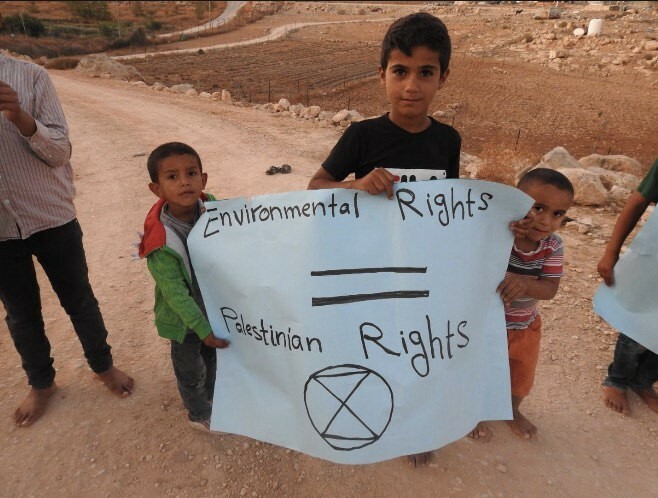
by Andrey Smolyakov
LOCAL RESILIENCE
